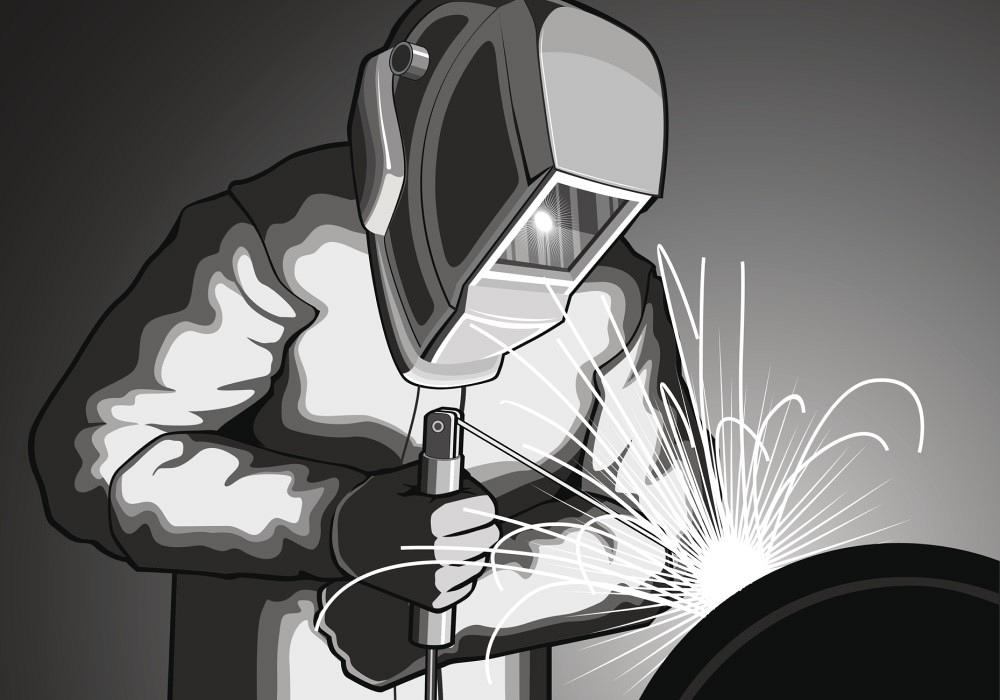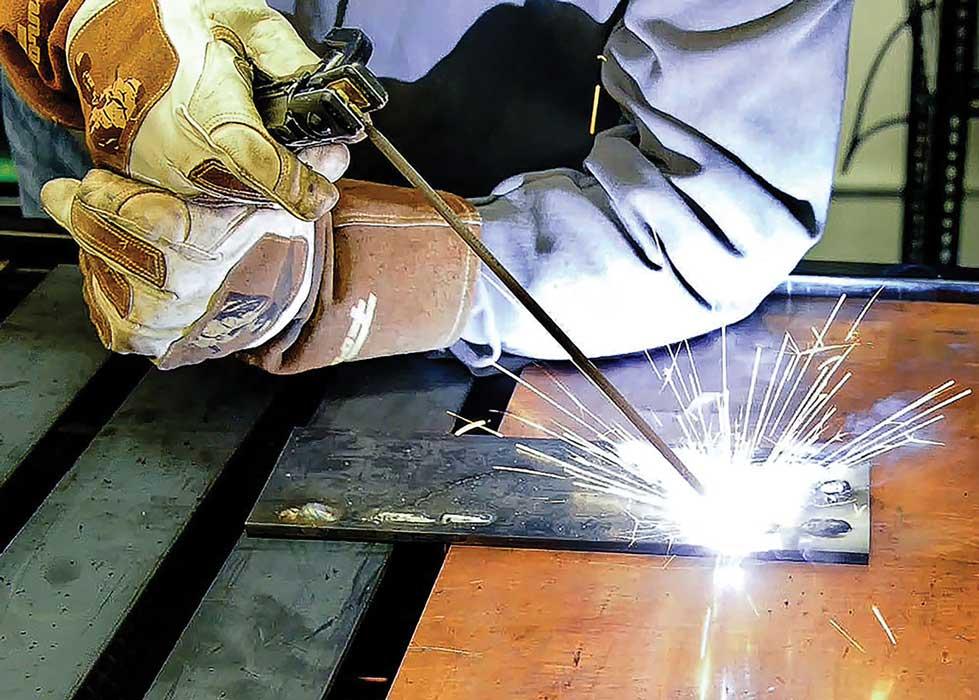Why a Welding WPS is Crucial: Enhancing Consistency and Compliance
Why a Welding WPS is Crucial: Enhancing Consistency and Compliance
Blog Article
The Ultimate Overview to Welding WPS Procedures: A Comprehensive Introduction for Welders
In the elaborate world of welding, Welding Procedure Specifications (WPS) offer as the foundation of making certain top quality, consistency, and safety in welding operations. Understanding the nuances of developing, applying, and keeping an eye on WPS treatments is necessary for welders looking to raise their craft and satisfy market criteria. As we look into the numerous elements of a WPS and explore the intricacies of certification and accreditation, we will certainly reveal the essential role these procedures play in the realm of welding. Let's start a trip to decipher the complexities and importance of WPS treatments in welding techniques.
Significance of WPS Procedures
Understanding the relevance of Welding Procedure Specifications (WPS) procedures is vital for making certain the top quality and honesty of bonded structures. WPS procedures function as a roadmap for welders, detailing the needed actions, criteria, and materials needed to accomplish an audio weld. By adhering to WPS guidelines, welders can make sure uniformity in their work, causing structurally audio and trusted welds.
One of the main factors why WPS treatments are vital is their role in preserving weld high quality and honesty. Adhering to the defined welding criteria and methods detailed in the WPS aids stop problems such as porosity, splitting, or incomplete combination, which can jeopardize the toughness and durability of the weld.

Elements of a WPS
A Welding Treatment Spec (WPS) normally makes up crucial components that detail the particular demands for carrying out a weld, making sure consistency and high quality in the welding process. The essential components of a WPS include vital variables such as base steels, filler metals, preheat and interpass temperature levels, welding procedures, securing gases, welding placements, and post-weld warm therapy requirements.
Base steels describe the products being joined, while filler metals are made use of to fill up the gap between the base steels throughout welding. Preheat and interpass temperature levels are crucial for controlling the warmth input and preventing concerns like splitting or distortion. The welding procedure describes the specific method to be used, whether it's gas metal arc welding (GMAW), protected metal arc welding (SMAW), or one more approach. Protecting gases safeguard the weld swimming pool from atmospheric contamination. Welding positions define the orientations in which welding can be executed. Post-weld warmth therapy may be essential to alleviate stress and anxieties and improve the weld's residential properties. A comprehensive understanding of these components is vital for creating a effective and comprehensive WPS.

Credentials and Qualification
Having developed the necessary components of a Welding Treatment Spec (WPS), the focus currently moves towards the important elements of credentials and qualification in welding methods.

Certification, on the other hand, is the formal acknowledgment of a welder's certifications by a pertinent certification body or organization. Welding qualifications are usually based on the particular welding procedures, products, and placements a welder is certified to function with. Holding a legitimate welding certification shows that a welder fulfills sector criteria and is competent to perform welding tasks to the required requirements.
Producing a WPS
To create a Welding Procedure Specification (WPS) that satisfies sector requirements, mindful factor to consider of welding processes, materials, and functional criteria is crucial (welding WPS). The very first step in creating a WPS is to recognize the welding procedure to be used, such as gas metal arc welding (GMAW) or shielded steel arc welding (SMAW) When the welding process is identified, the next read the full info here critical aspect is selecting the proper products, taking into consideration factors like base metal type, density, and joint style. Functional criteria such as welding existing, voltage, traveling rate, and protecting gas make-up have to additionally be carefully specified in the WPS.

Carrying Out and Keeping Track Of WPS
Upon finalizing the thorough Welding Procedure Requirements (WPS) that thoroughly information welding processes, materials, functional parameters, and quality guarantee measures, the focus shifts to effectively implementing and checking the well established procedures. Execution entails making certain that all welders involved in the task know with the WPS and follow it diligently during the welding process. This requires giving sufficient training and supervision to assure adherence to the specified procedures. Keeping track of the WPS entails continuous oversight to verify that welding activities straighten with the documented specifications. Inspections, testing, and quality assurance actions are crucial elements of the tracking procedure to recognize any kind of issues or discrepancies promptly. Regular audits and reviews of the welding treatments assist in preserving uniformity and top quality throughout the job. Reliable implementation and monitoring of the WPS are crucial for making certain the stability, stamina, and safety of the welded joints, ultimately contributing to the overall success of the welding job.
Conclusion
In final thought, understanding and following Welding Procedure Specifications (WPS) is essential for welders to ensure top quality, uniformity, and safety and security in their job. By knowing the parts of a WPS, obtaining proper certifications and qualifications, creating in-depth procedures, and executing and monitoring them properly, welders can enhance their abilities and effectiveness article in welding practices. Following WPS procedures is essential for generating top quality welds and meeting like this industry criteria.
In the complex world of welding, Welding Procedure Specs (WPS) serve as the backbone of making certain top quality, uniformity, and security in welding operations. The welding procedure outlines the certain method to be made use of, whether it's gas metal arc welding (GMAW), secured steel arc welding (SMAW), or another method.To establish a Welding Treatment Spec (WPS) that fulfills market standards, cautious factor to consider of welding procedures, products, and functional parameters is crucial. The initial step in developing a WPS is to identify the welding process to be made use of, such as gas metal arc welding (GMAW) or secured metal arc welding (SMAW)Upon completing the comprehensive Welding Procedure Requirements (WPS) that carefully information welding processes, materials, functional parameters, and high quality guarantee measures, the focus shifts to efficiently implementing and monitoring the recognized procedures.
Report this page